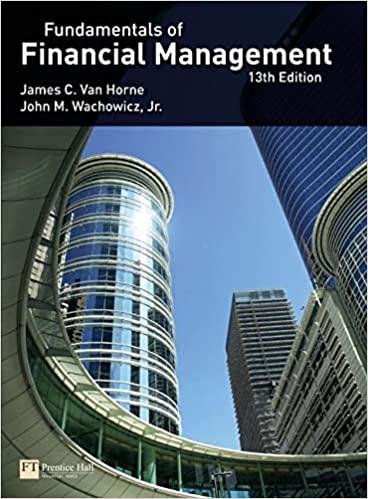Question
Spending on health care now constitutes a significant fraction of total expenditure. Understanding the efficacy of this spending is therefore relatively important. When it comes
Spending on health care now constitutes a significant fraction of total expenditure. Understanding the efficacy of this spending is therefore relatively important. When it comes to contagious diseases, there are generally two strategies that can be adopted. The first involves prevention, which includes vaccinations to lower or eliminate the risk of contracting a disease. The second involves treatment of those unfortunate enough to get sick, treatment typically requires some form of a drug. Since pharmaceutical companies can produce both vaccines and drugs, we would like to understand the incentives they have to develop each type of medicine. To explore this question, consider a population of 100 consumers, 90 of whom have a low disease risk, say 10%. The remaining ten have a high risk – to make things simple, assume they are certain to contract the disease. In addition, suppose the disease generates personal harm equal to the loss of $100 for each individual when they are infected. Sup- pose also that pharmaceuticals of either form (vaccines or drugs) are costless to produce (once R & D has occurred) and are perfectly effective.
1. Start by considering the demand for the vaccine. For the group of high risk people, what is the maximum price they would be prepared to pay? For the low risk group, calculate the maximum price they would pay as the personal value of the harm times the risk of contracting the disease. Use these two pieces of information, along with the number of people in each group to construct the demand function for the vaccine and plot it on a diagram.
2. What price would a profit maximizing monopolist charge for a vaccine? What are the monopoly profits on the vaccine? What is the efficient outcome (i.e. SMB = SMC)? What is the welfare under the monopoly and at the efficient allocation?
3.Now consider the demand for the drug (assume that the vaccine is not available). Construct the demand function for the drug and plot it on a diagram. What price would a profit maximizing monopolist charge for the drug? What are the monopoly profits from the drug? What is the efficient outcome? What is the welfare under the monopoly and at the efficient allocation?
4. If the R&D costs of the vaccine and drug are the same, what will the pharmaceutical company do? Explain your answer in terms of the variation in the willingness to pay and the size of the R& D costs. What would a social planner do?
Step by Step Solution
3.47 Rating (154 Votes )
There are 3 Steps involved in it
Step: 1
1 Since the probability of contracting the disease for the remaining 10 is high the maximum price they would be willing to pay the full amount of the harm Therefore the highrisk group will be willing ...
Get Instant Access to Expert-Tailored Solutions
See step-by-step solutions with expert insights and AI powered tools for academic success
Step: 2

Step: 3

Document Format ( 2 attachments)
6095722458d63_25876.pdf
180 KBs PDF File
6095722458d63_25876.docx
120 KBs Word File
Ace Your Homework with AI
Get the answers you need in no time with our AI-driven, step-by-step assistance
Get Started


